
by admin-unique | Sep 15, 2023 | Adventure Travel, Blog, Travel Tips, Wildlife Safaris
Srilanka is a bird watcher’s paradise. From vibrant endemic species to majestic migratory visitors, the country offers a tapestry of winged wonders. If you are a birdwatcher or a nature enthusiast, there will never be a dull moment for you. Come join us on an exploration of Sri Lanka’s diverse avian treasures, where each fluttering wing paints a unique story of nature’s beauty in perfect harmony.
The island’s diverse habitats, including mountains, rainforests, dry zones,s and wetlands are home to a stunning array of birds. Here are some of the common birds you can find in Sri Lanka:
Grey-headed Fish Eagle (Ichthyophaga ichthyaetus) – This majestic raptor can be spotted in the dry zone in Yala, Bundala, Udawalawa, Kaudulla and Wilpatthu National parks..

Indian Pitta (Pitta brachyura) – The Indian Pitta is a migratory bird. It is known for its vibrant plumage with a mix of blue, green, and orange hues. It visits Sri Lanka during the winter
months and it can be found in the dry and wet zones

Malabar Pied Hornbill (Anthracoceros coronatus) – The Malabar Pied Hornbill is found in the dry zone and lowland rainforests. They are common in Yala and Udawalawa areas.

Painted Stork (Mycteria leucocephala) – The Painted Stork is a large wading bird. It consists of a beautiful pink and white plumage. It is commonly found in lagoons and wetlands, where
it uses its distinctive long bill to catch fish.[Yala, Udawalawa, Wilpatthu]

Spot-billed Pelican (Pelecanus philippensis) – The Spot-billed Pelican is found in the wet and dry zones. This is a common bird that you even see in your car.

Sri Lanka Blue Magpie (Urocissa ornata) – The Sri Lanka Blue Magpie is endemic to Sri Lanka. It’s a striking bird with a deep blue and white plumage. Its long tail and vibrant colors
make it a sought-after species for birdwatchers.

Sri Lanka Hanging Parrot (Loriculus beryllinus) – The Sri Lanka Hanging Parrot is a charming small parrot. It’s known for its green plumage and red bill, and it’s frequently seen in the
canopies of rainforests and wooded areas.[Sinharaja rain forest]

Sri Lanka Junglefowl (Gallus lafayettii) – The Sri Lanka Junglefowl is the national bird of Sri Lanka. It’s an iconic species native to Sri Lanka. The male boasts vibrant colors with a striking blue neck, while the female exhibits more subtle shades of brown. This bird is commonly found in forested regions across the island.

Sri Lanka Whistling Thrush (Myophonus blighi) – The Sri Lanka Whistling Thrush is an elusive bird that is native to the mountains of Sri Lanka and is known for its hauntingly beautiful whistling calls. It prefers the mossy rocks and streams in the highlands.

White-bellied Sea Eagle (Haliaeetus leucogaster)– A majestic seabird, the White-bellied Sea Eagle is known for its impressive wingspan and striking white underbelly. It can be spotted near coastal areas, soaring gracefully above the waters.

But wait! That’s not all! These are just a few examples of the diverse birdlife found in Sri Lanka. The key to witnessing the diverse range of birds lies in knowing where to go. So where can you go? Well, you must know by now that from rainforests and wetlands to coastal areas and mountains, the country’s varied landscapes provide a habitat for an impressive array of bird species. With destinations like Anawilundawa Wetland Sanctuary, Bundala National Park, Horton Plains National Park, Kitulgala, Kumana National Park, Minneriya National Park, Sinharaja Rainforest Reserve, Udawalawe National Park, Wilpattu National Park, and Yala National Park, you have an incredible range of options to explore. So, plan your next vacation to this beautiful island. We can guarantee that you will be rewarded with unforgettable bird-watching experiences that will leave you in awe of nature’s wonders.
“Wings of freedom, soaring through the skies.”
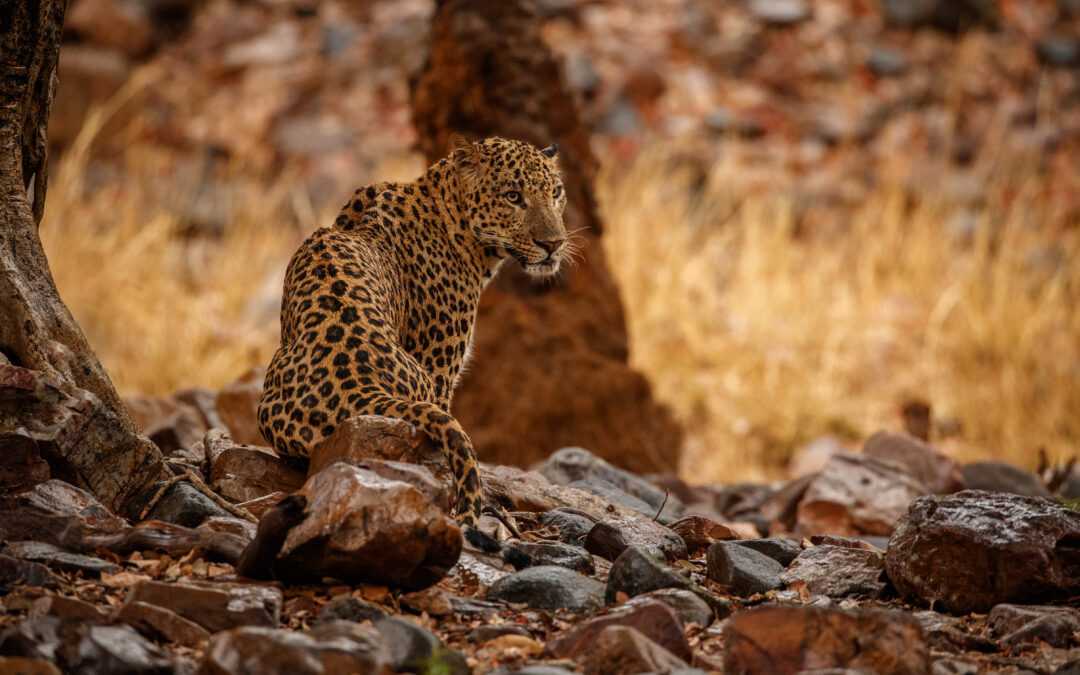
by admin-unique | Nov 14, 2023 | Adventure Travel, Blog, Travel Tips, Wildlife Safaris
Sri Lanka, is home for a lot of mammals, Birds, reptiles and amphibians. The bio- diversity of this little Island is amazing and is truly a paradise for wild life lovers.
The elephant gatherings at Minneriya National park where hundreds of Elephants are seen is a truly unique experience. The Yala National park has the highest

concentration of Leopards in the World. The Wilpatthu National park is known for its high concentration of Sloth bear. The Gal oya National park is the only park in the World to see swimming Asian Elephants. There is guarantee of seeing crocodiles, Wild boa, Deer, different types of monkeys and a variety of birds.
However, wild life is been threatened by various factors some within control and some being natural causes. Some elephants go the bordering villages and destroy the farmer’s crops and homes. They get to the villages through the sugar cane, pineapple and banana plantations. The Leopards too get to the villages to catch animals in farms. This animal human conflict sometimes results in the death of Animals.
The wildlife conservation department is making an attempt to stop the animals from coming in to villages by building electric fences and
 digging holes to obstruct the animal corridors. The farmers have been educated not to grow crops that are edible to Elephants and build steel pens for their Animals.
digging holes to obstruct the animal corridors. The farmers have been educated not to grow crops that are edible to Elephants and build steel pens for their Animals.
Though the numbers of the Elephants and the Leopards are stable, It is been recognized as a top priority to manage the conflicts. The Red Slender Loris is a rare and endangered animal found in Sri Lanka. Deforestation and habitat destruction have posed significant threats to these small, wide-eyed mammals. Sri Lanka has taken measures to preserve the native habitats of these rare species and raise awareness about the importance of conservation. The Toque Macaque, also known as “Rilawa” is one of the fascinating animals in Sri Lanka that you can frequently spot in the country’s lush forests. These monkeys
live in troops and they are called temple monkeys as they commonly live in the surroundings of temples and other cultural sites in addition to the forests. These
 monkeys are in danger due to habitat loss and human activity. Sri Lanka is actively working on conservation initiatives to safeguard these monkeys as they are endemic to Sri Lanka.
monkeys are in danger due to habitat loss and human activity. Sri Lanka is actively working on conservation initiatives to safeguard these monkeys as they are endemic to Sri Lanka.
The Black-Necked Stork is a beautiful bird in Sri Lanka that is struggling with endangerment. The loss of wetland habitat and other human activities has put these magnificent stork in danger. The country has established, protected and preserved wetland areas in order to safeguard these large bird.
Visit Sri Lanka to see these lovely specimens and have a memorable holiday while helping to preserve nature’s wonders!
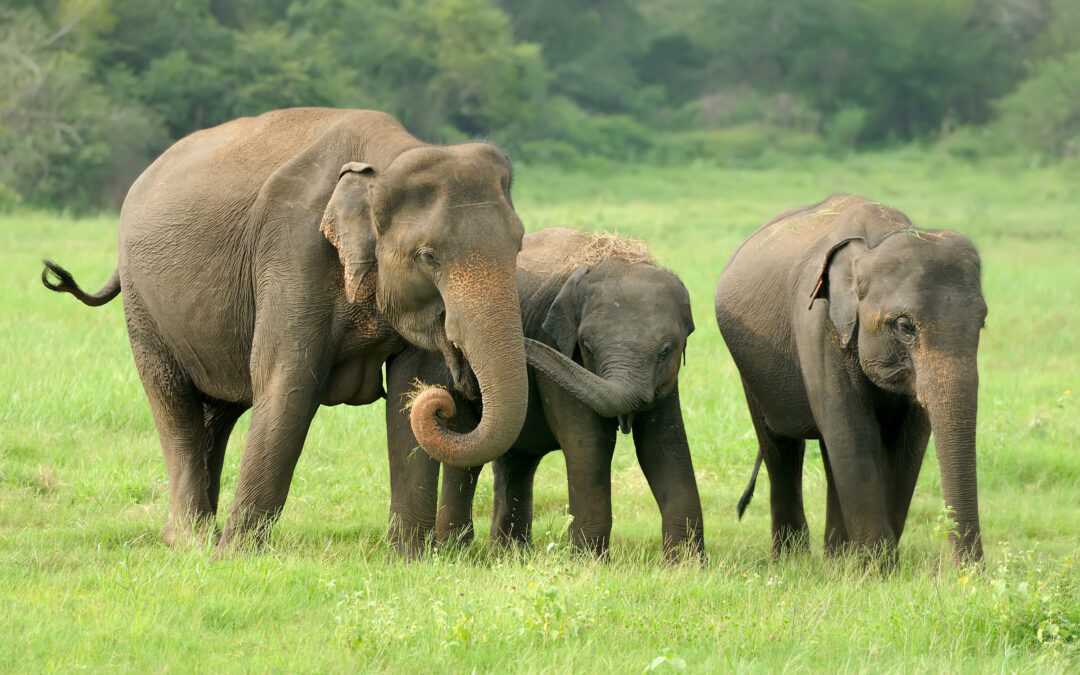
by admin-unique | Mar 16, 2023 | Blog, Wildlife Safaris
Where and when to see elephants in Sri Lanka
Sri Lankan elephants, a subspecies of Asian elephants, can be seen in large numbers at Minneriya and Kaudulla National parks. The best time to visit these parks is from July to November when you get to see the elephant gatherings. Seeing a hundred to two hundred Elephants is a common sight in July and August. The special feature is the number of Baby elephants you see here. If you go on a game drive there is a guarantee that you will see elephants and the question asked is how many. You could watch their unique
behavior for hours for sure.
“Nature’s great masterpiece, an elephant ― the only harmless great thing.”
– John Donne –
There are over three thousand wild Elephants in Sri Lanka and most of them
live in the dry zone. Though there is no opportunity to see the gathering,
National parks like Udawalwa & Wasgamuwa are infested with a large number
of Elephants. Yala and Wilpatthu National parks give you a good chance
to spot the Sri Lankan Elephant. But as these are the two largest National
parks the Elephants are scatted and usually being spotted in small numbers.
The born free foundation is running an Elephant transit home where they
treat and nurse orphan baby Elephants. Once the Elephants recover they
slowly release them to the Udawalawa National Park.
The Elephant population is stable in Srilanka. There is no poaching as most Asian Elephants do
not grow tusks. There is a human–elephant conflict that has been going on for some time. It is
being controlled to an extent by building electric fences around the National parks and the bordering
villages.
Family Holidays in Srilanka are very popular. The main reason for the cause is the Elephants. The Kids love
watching the Elephants playing in the huge reservoirs, Babies being fed by their Mothers, rubbing
their bodies against the trees, and endlessly eating. The gentle nature of this giant mammal is
indeed a pleasure to observe.
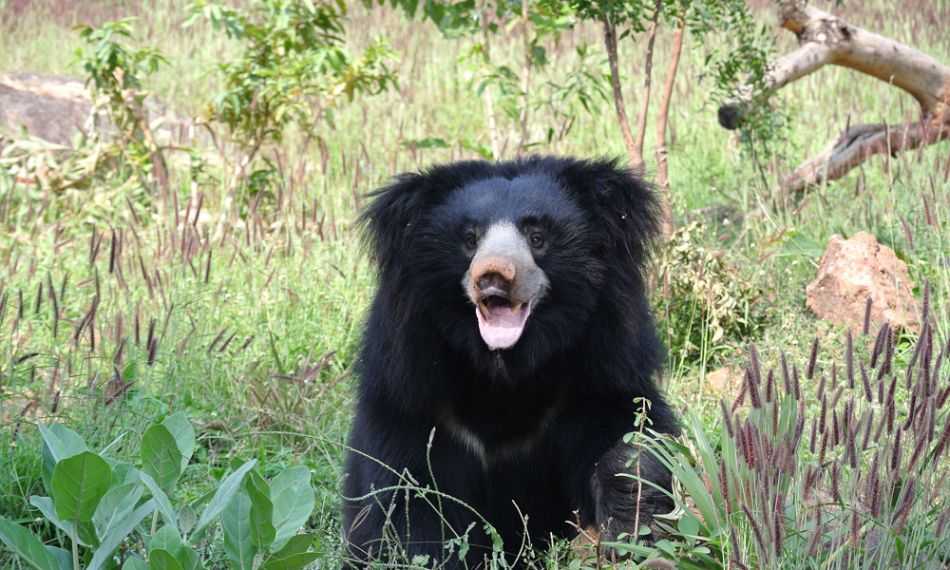
by admin-unique | Jun 7, 2019 | Blog, Wildlife Safaris
Sri Lanka’s Yala National Park is due to re-open early to mid-October after being shut for over a month due to the long drought in that area.
Yala has quite a unique topography with lots of scrub trees interspersed with rocky outcrops. It is actually one of the best places in the world for seeing wild Leopard (due to the high population density here) but there are also Sloth Bears (they particularly adore the berries of the Palu Tree which are around between May and July), and of course many other endemic species of animals and birds. It really is a wildlife paradise!
Yala is popular among visitors and we therefore, tend to use a different entrance to most companies to give our customers the edge in seeing the fabulous Sri Lankan wildlife.
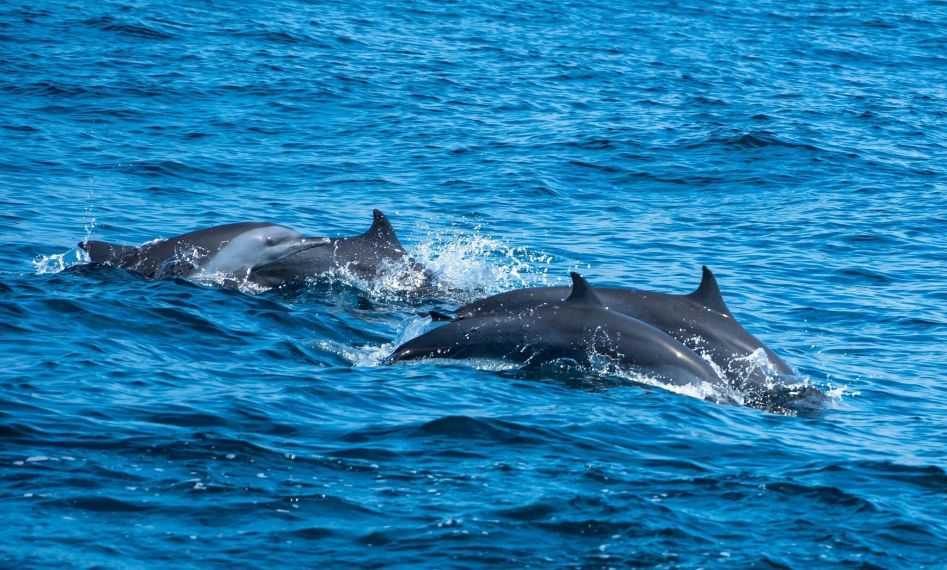
by admin-unique | Jun 6, 2019 | Blog, Wildlife Safaris
It’s a bold claim, but one that is unmistakably true. Blessed with amazing bio-diversity, high encounter rates and with both stunning land and marine wildlife to be seen, Sri Lanka is the best wildlife holiday destination in the world.
Sri Lanka has always been fortunate to have its dazzling mix of big game animals, marine life and array of endemic species. However, it’s only with the islands recent development that traveling across the island to see the impressive wildlife is that much easier thanks to the decent tourist infrastructure now in place.
Routinely ranked as the number one destination to spot Blue Whales and Leopards, and the best place for big game safaris outside of Africa, all on a compact, well developed island – Sri Lanka is undoubtedly the best overall wildlife holiday destination.
Here are some of Sri Lanka’s wildlife highlights:
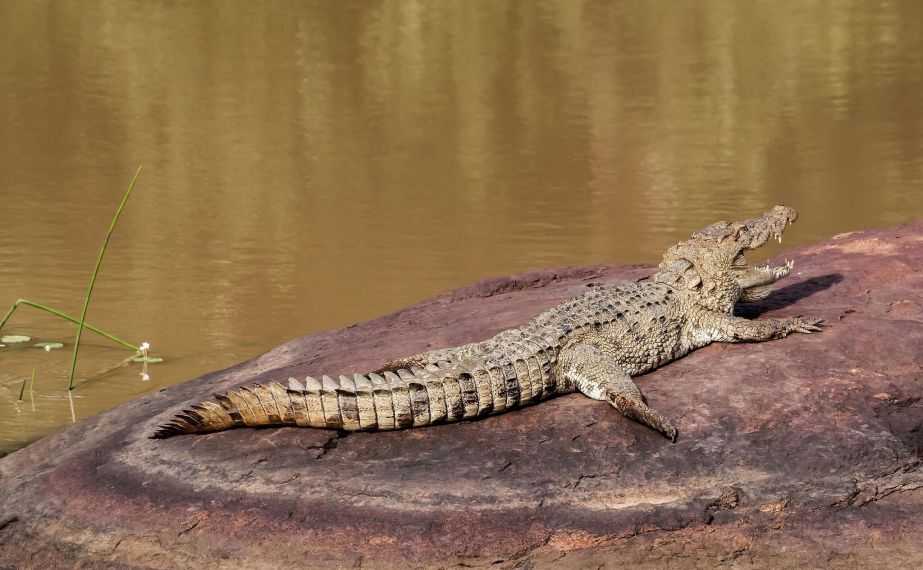
by admin-unique | Jun 6, 2019 | Blog, Wildlife Safaris
Sri Lanka is home to some of the most stunning wildlife found anywhere in the world. From the gigantic Blue Whale to the thrilling leopard, there are few wildlife destinations that can rival Sri Lanka.
We’ve put together a handful of wildlife snaps to show the beautiful array of animals that can be found on the island.
If you’re interested in seeing the amazing wildlife up close, please browse our various Sri Lankan tourswhich visit Sri Lanka’s finest wildlife spots and National Parks.
















Recent Comments